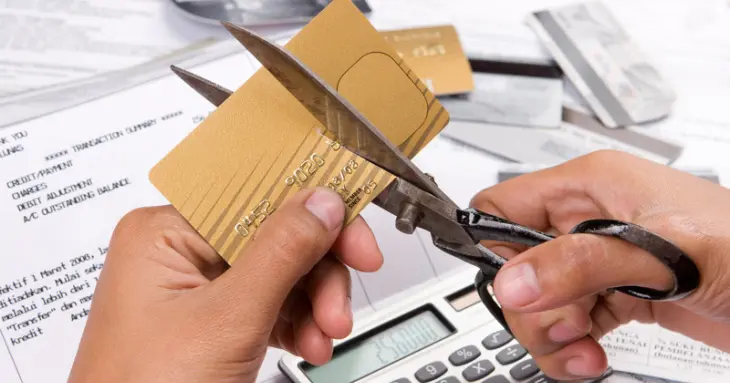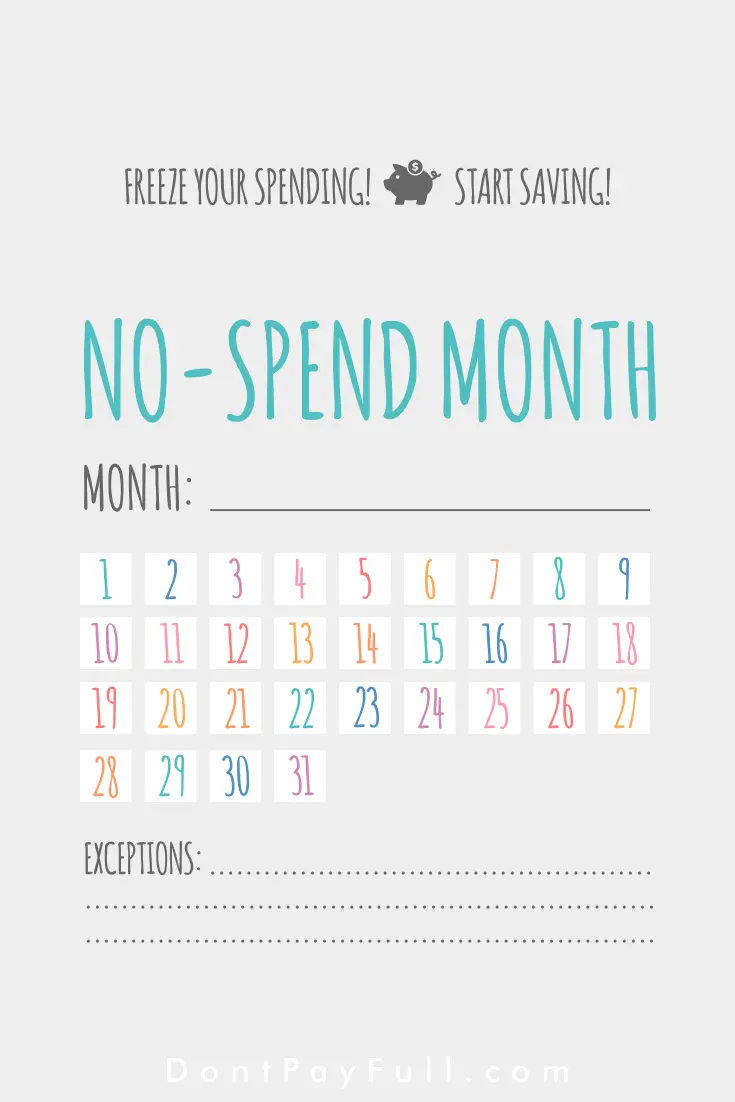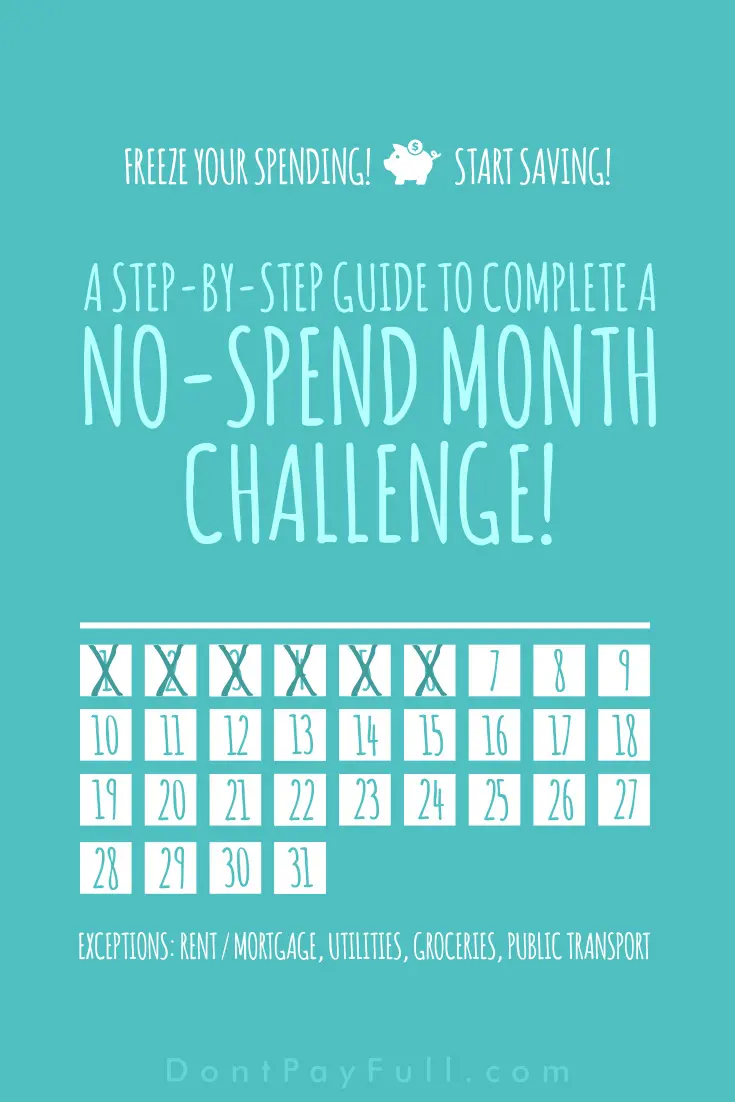We recently saw how journalist Michelle McGagh got through an entire year without spending money on anything but bare necessities. Although she admits it was tough at times, the most amazing thing about her year (other than the huge amount she was able to put towards her mortgage) was how much fun she managed to have without luxuries and without spending money to have fun.
Wow! We’re feeling inspired. We may have considered a no-spend weekend before, but now we have a tougher challenge: a no-spend month! It sure will be an interesting experience, and with the money we’ll save, we’ll be able to decrease our debt, save towards college funds, or whatever else we are prioritizing right now. Are you on board? Great! Let’s go!
In this guide... [hide]
Step by Step, Little by Little
The best way to tackle any big task is to break it up into steps. Once we’ve broken our challenge down into smaller steps, it all becomes doable, so let’s do that with our no spend month.
Step 1: Set the Rules
Clearly, we don’t get into financial trouble by not paying our bills, and we can’t allow our families to eat 3 healthy meals no matter how good the cause we’re saving for. So, the first step will be to set the rules the way Michelle did.
We’ll cover all our necessary bills, but we spend a cent on anything else, not even a packet of chips or that budget-breaking Starbucks coffee. Luxury foods are out, home-cooking is in. Fancy delicacies are out. Good, healthy basics are in. Booze is a no-no. Tap water is the tipple of the month.
FREE no-spend month printable!
Step 2: Figure Out What You Need to Spend on Necessities
Although everyone’s different, the basic necessities should be fairly similar for all of us:
- Rent or mortgage
- Paying existing accounts
- Utilities
- Food
- Transport
While we’re at it, it’s time to look at the two items we might be able to reduce: transport costs and food. Each person’s plan will be a little bit different, but we’ll all be trying to choose cheap, wholesome foods, and we’ll try to cut down on gas by using public transport, riding a bike, walking, or sharing rides.
And if we’re not yet disciplined about our utility use, we can even cut that bill by the end of the month through simple things like switching off lights, unplugging appliances and using less water.
Step 3: Implement Your No-Spend Month Budget
There’s little point in having a no-spend month if our families aren’t supportive. So, before we proceed with implementing our no-spend month budget, we need to get partners, spouses, and kids on board. Present your budget and explain where any savings will go, why you’re doing it, and how long it will last.
You might also want to tell your friends. Research has shown that the goals and resolutions we verbalize are the ones we’re most likely to stick with. Besides, you don’t want your friends tempting you with expensive outings during your challenge month.
Once everyone’s on board, it’s just a matter of sticking to our no-spend month’s budget without deviating from it. Can you live a month without sodas and snacks? Sure you can! You also won’t miss expensive restaurants all that much. Home-cooked food invariably tastes better.
Remember, just because we’re not spending doesn’t mean we must be absolutely austere. Plan fun, free outings for the family; enjoy yourself.
Step 4: Track Your Progress
When you set your budget, you knew how much you were going to save. That’s good motivation, but watching yourself to see that you’re on track helps too. For example, if you’re one of the many of us who has empty bank accounts by week 2 of the month, you’re going to be happy to see your bucks stretching. But don’t celebrate yet! Remember it’s for that special purpose you chose at the outset.
Step 5: Count Your Savings, Bank Them, and Celebrate!
When you’ve reached the end of the month, your savings are there for you, and you’ve reached your goal. By all means, celebrate, but don’t go too crazy! After all, it was only a month, and busting your budget the minute your no-spend month ends would spoil all your good work.
What did you miss most during your month? Whether it was that Starbucks coffee or pizza with friends, let that be your celebratory activity.
Finally, Review What Happened
During her no spend year, Michelle McGagh learned a lot of things about her spending patterns and her relationship with consumer goods.
What have you learned? Which lessons will you carry beyond your special challenge?
Even a single month without spending on luxuries might well teach us valuable lessons that we can take with us in the months to come.
Like this article? Pin it!









